
Tucked deep inside the forested hills of Mon in eastern Nagaland (Northeast India), lives a tribe known as Konyak Nagas. Famed in the past as a deadly head-hunting tribe of Nagaland, the Konyaks today live a peaceful life practicing terraced agriculture, drinking home brewed rice beer, smoking opium and occasionally hunting.
Thankfully, the recent tourism burst in the North Eastern frontiers of India has not diluted their fascinating culture. The first week of April is the best time to meet these tribesmen, as it’s the time when they prepare for and celebrate their annual spring celebration known as Aoling Festival. It marks the arrival of the spring season and the start of the Konyak New Year. It is this time of the year when these head-hunters are in their most jovial spirits.
Weeklong Process of Aoling Festival
It is a weeklong festival, divided into four stages of celebration. The first three days of the Aoling festival are called Hoi Lah Nyih, Yin Mok Pho Nyih and Mon Shek Nyih. The first day is spent gathering firewood, collecting vegetables, preparing rice beer and weaving traditional attire and ornaments. On this day they also take part in the traditional ritual of foretelling, where chickens are sacrificed and the future is prophesised based on the shape of the chicken’s intestine!

The second and third days are spent searching for domesticated animals that will be sacrificed in the festival. During these days, the young boys of the tribe are also trained to follow the traditional male practices.
The fourth day, Lingnyu Nyih, is the liveliest day of the week where men and women of all ages dress in their best traditional outfits and jewellery. The whole day is meant for dancing, singing, community drinking and feasting. On this day the primitive headhunting rituals of the Konyak tribes are also re-enacted, where the Konyak men start their dance from the village gate, shoot their guns in the air and hold their imaginary enemy’s head to display power and victory.

The remaining two days Lingha Nyih and Lingshan Nyih are spent honoring and remembering loved ones that have passed away and meeting families and relatives.
During your time at the Aoling Festival, you will be amazed not just by the zest of the Konyak hospitality but also their sustainable way of living. Few of the villages, such as Lungwa, fall on the border of India and Myanmar. Interestingly, half of the hut of the chief is located in India and the other half in Myanmar. In some villages you will find a great collection of human skulls, a reminder of the Konyak’s savage history. At that time, taking off an enemy’s head was believed to increase the fertility of the crops as well as of the warrior.

In the 1950s, headhunting was banned by the Government of India. The efforts of the Christian missionaries have also curbed the barbaric practice. Nevertheless, the aura of the head-hunters remains.
If you wish to travel to the land of the Konyak Nagas to celebrate the Aoling festival, you just need to Contact Us and we will craft a tailor made tour that will allow you to discover the ancient tribes and cultures of North East India.





 +1-(765)-586-1210
+1-(765)-586-1210 +44-2030-2689-44
+44-2030-2689-44 +91 124 4361906
+91 124 4361906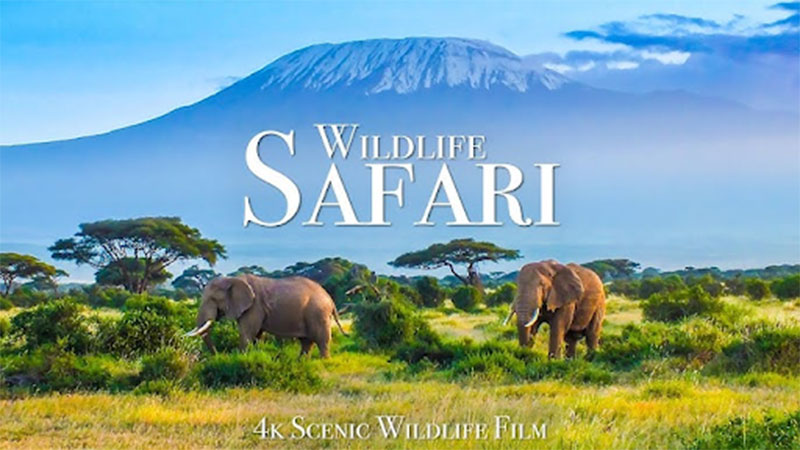

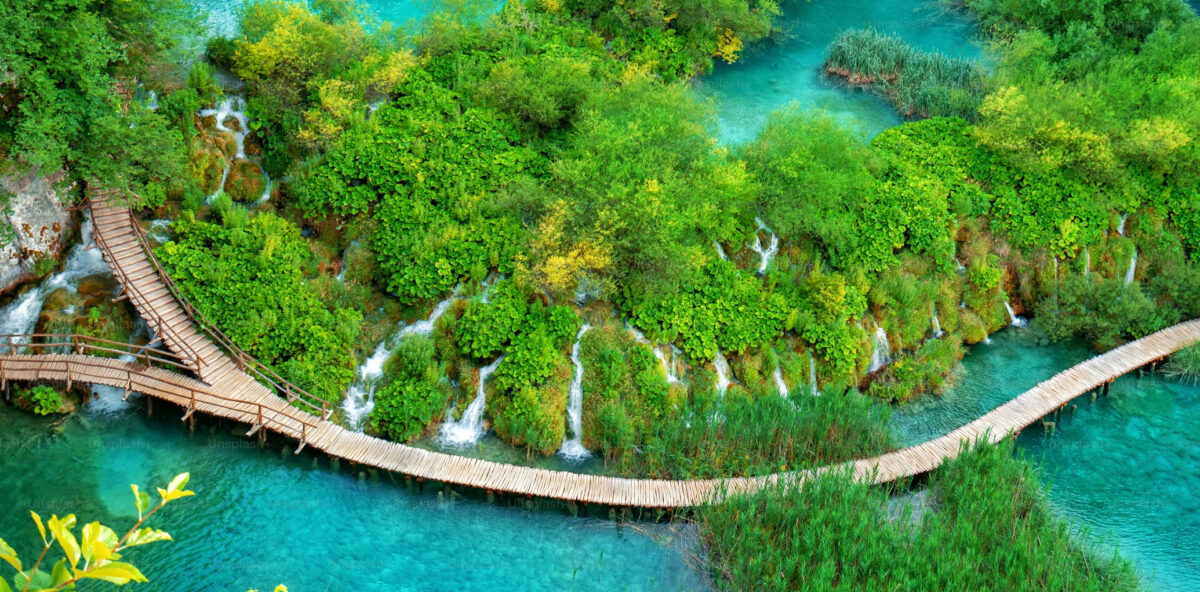



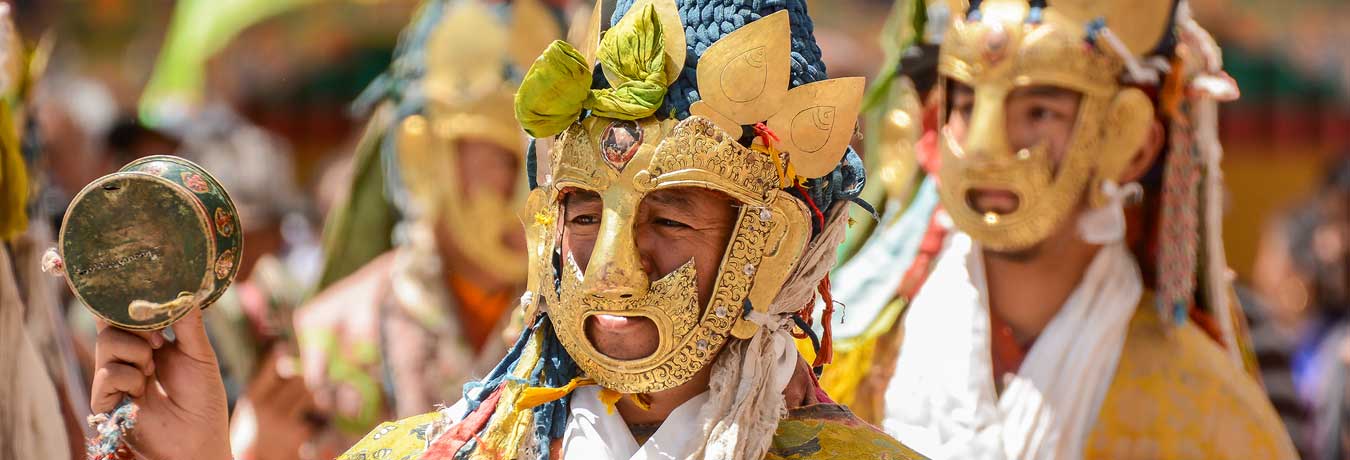
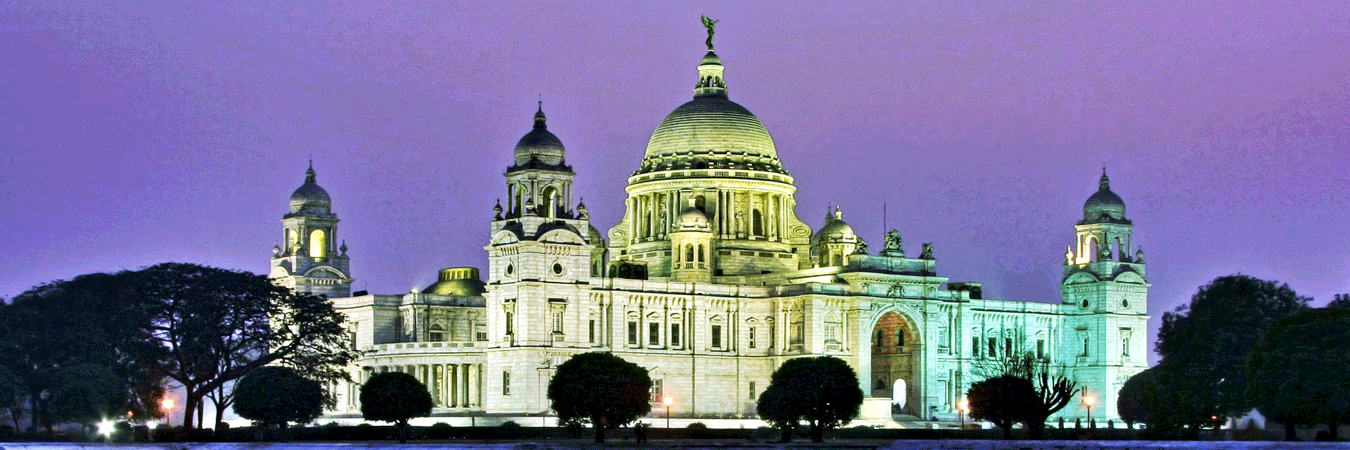
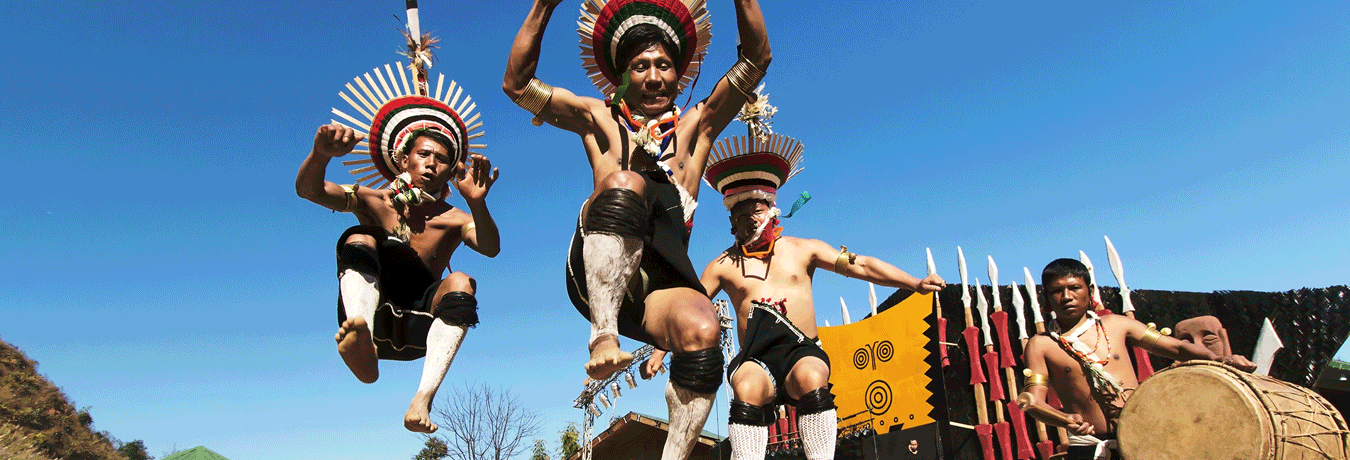
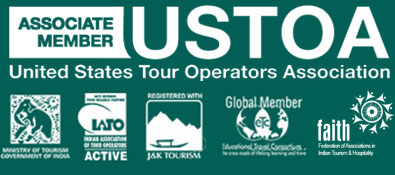


 +1-(765)-586-1210
+1-(765)-586-1210 +44-2030-2689-44
+44-2030-2689-44